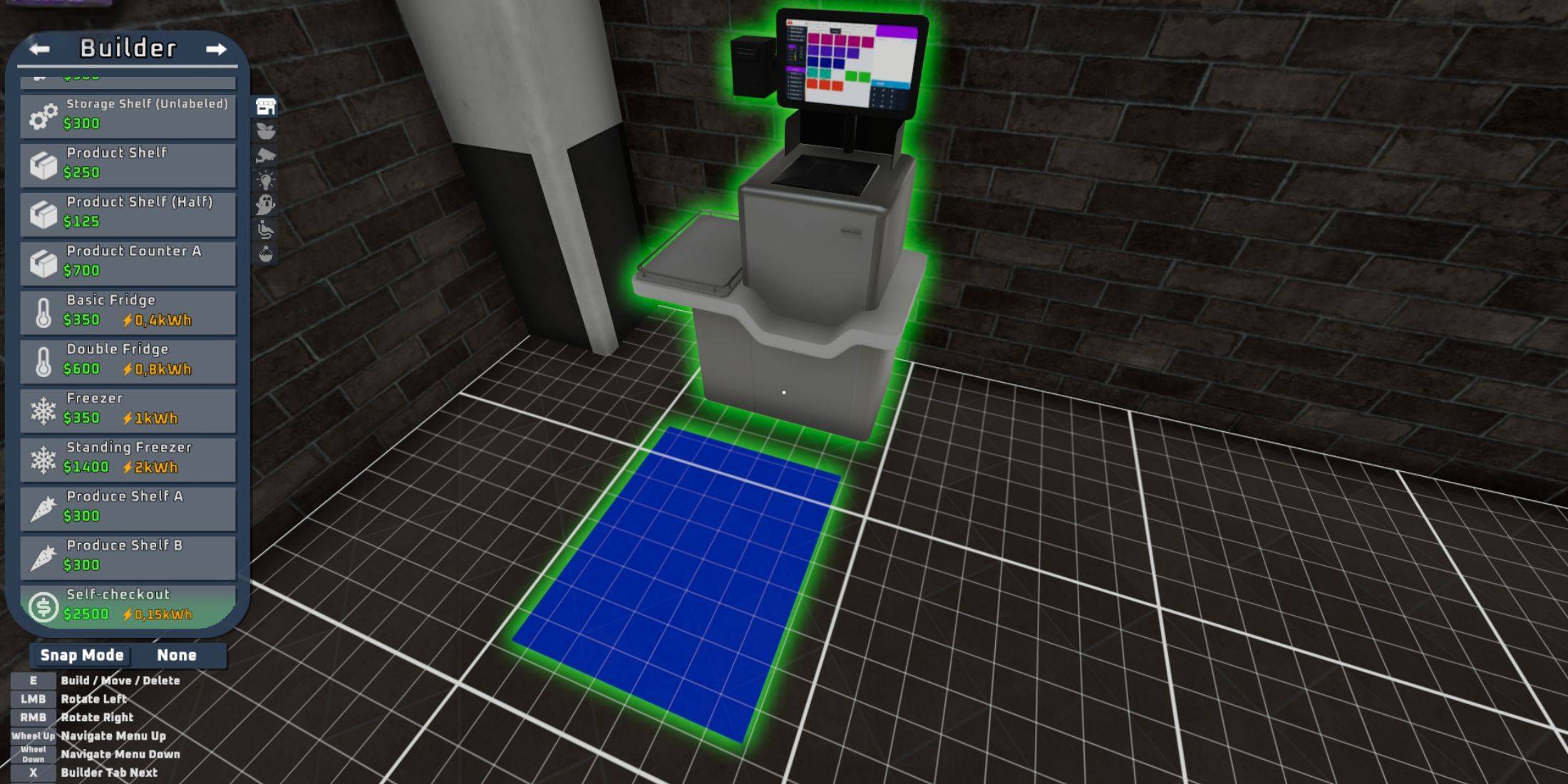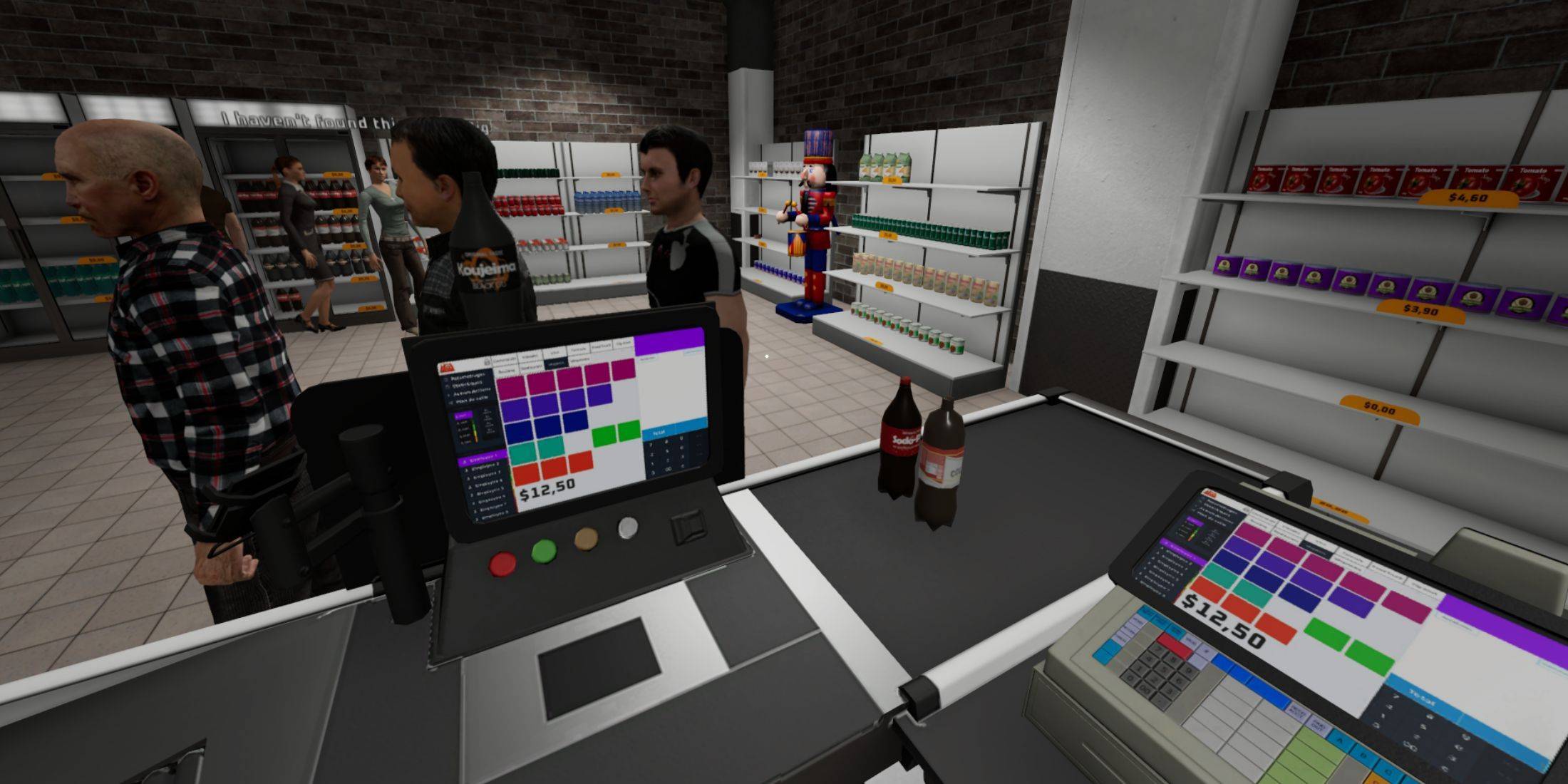Supermarket Together: A Deep Dive into Self-Checkout Terminals
In Supermarket Together, managing your store's efficiency is key to success. However, juggling cashier duties, restocking, and ordering can quickly become overwhelming, especially solo. While having friends helps, even with hired employees, late-game high-difficulty can be a struggle. This is where self-checkout terminals become invaluable.
How to Build a Self-Checkout Terminal
Building a self-checkout is simple. Access the Builder Menu (press Tab) and locate the self-checkout option. Construction costs $2,500, a manageable investment given the game's various income streams.

Is a Self-Checkout Worth the Investment?
Self-checkout terminals function as expected: they alleviate pressure on your staffed checkout counters. Busy periods will see customers utilizing the self-service option, reducing queues and minimizing customer impatience (and potential theft from frustrated shoppers).
However, early-game priorities might lean towards unlocking new products and stocking shelves. If you have friends or multiple hired employees, additional staffed checkout counters might be a more efficient early investment.
The self-checkout's cost-effectiveness is dependent on your playstyle. While inexpensive, the early game demands careful resource allocation.

The Downside of Self-Checkout
A significant drawback is the increased risk of theft. More self-checkout terminals correlate to a higher likelihood of shoplifting. Therefore, investing in enhanced store security is crucial to protect profits.
Late-game challenges, such as increased customer volume, more trash, and a higher thief presence, make self-checkout a valuable asset for solo players navigating higher difficulty settings.

In conclusion, self-checkout terminals provide a significant boost to store management, particularly for solo players in later game stages. However, strategic planning and security upgrades are vital to mitigate the increased risk of theft.







